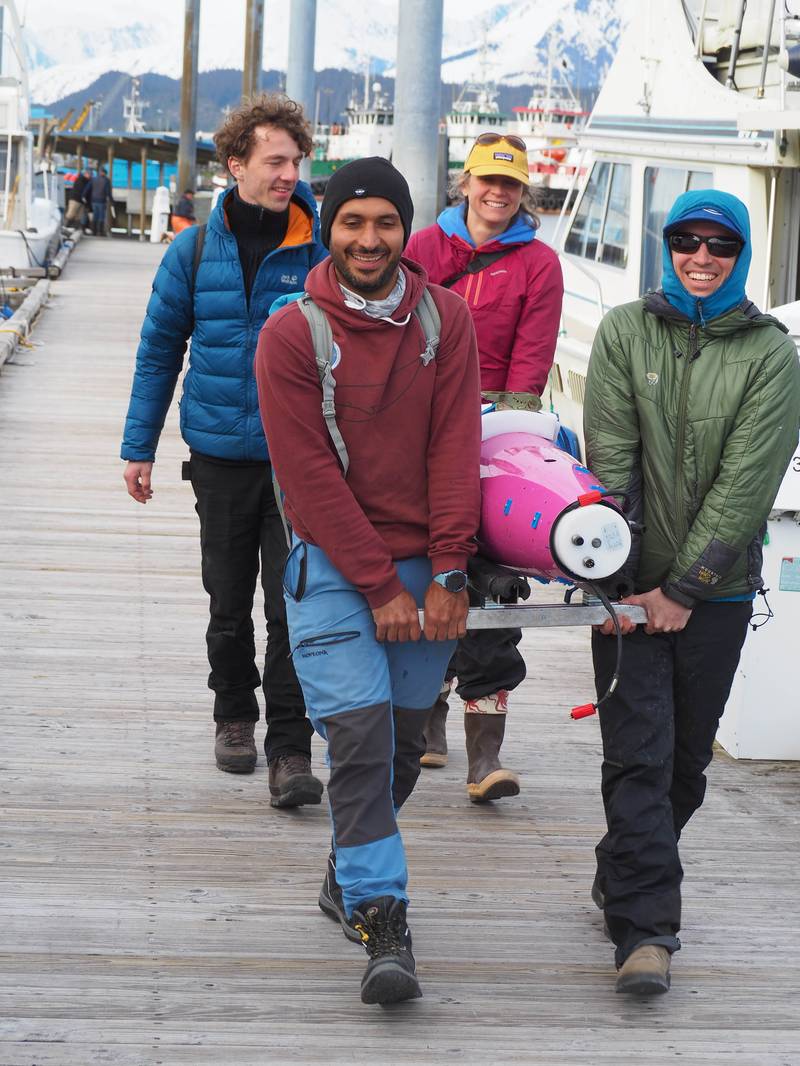This week at Marine Technology News…
American physicist John Bardeen, the only person to be awarded the Nobel Prize in Physics twice, once said: “Science is a collaborative effort. The combined results of several people working together is often much more effective than could be that of an individual scientist working alone.”
That power proved itself again this week.
Scientists from the University of Athens and the UK’s National Oceanography Center made a leap forward in understanding algal blooms. They were able to link an unprecedented marine algal bloom to an influx of nutrient-containing dust blown over the Indian Ocean from South Africa.
Data from the European Space agency (ESA) was critical to the discovery. Multiple sets of ESA satellite data, from wide-ranging projects completed in the past, enabled the researchers to clearly track the extent of the bloom and pinpoint the dust events responsible for it.
The importance of the work is that it suggests that as deserts release dust into the air and as that dust settles on the ocean’s surface, it could help phytoplankton growth, potentially increasing the amount of CO2 the ocean absorbs from the atmosphere.
On CO2, researchers at the University of Alaska Fairbanks have developed a sensor that measures CO2 in the ocean, and they have made their design, published in the journal Ocean Science, available to the scientific community. Installed on an unmanned underwater vehicle, the sensor can provide high spatial and temporal resolution data for weeks at a time. Coming up is a sensor for monitoring methane.
The November issue of Marine Technology Reporter takes an in-depth look at how an international team of scientists is reconstructing the impact of the 2008 Chaitén volcanic eruption on the marine environment via data gathered on an expedition onboard Schmidt Ocean Institute’s R/V Falkor (too). Their findings provide new insights into the fate of volcanic debris in marine environments.
Additionally in the November issue, Celia Konowe looks at the critical role gliders play in gathering data for understanding climate change and marine biodiversity. An upcoming project is the Sentinel Mission, a collaboration between Teledyne Webb Research and Rutgers University in support of the UN Ocean Decade. It aims to send a Slocum Sentinel Glider on the first circumnavigation of the earth by an autonomous underwater vehicle.
The mission will commence in the coming year, bringing together a global community for unity, collaboration and discovery, as well for as inspiring the next generation of ocean scientists.
In the words of Bardeen: “Science is a field which grows continuously with ever expanding frontiers. Further, it is truly international in scope. Any particular advance has been preceded by the contributions of those from many lands who have set firm foundations for further developments.”

